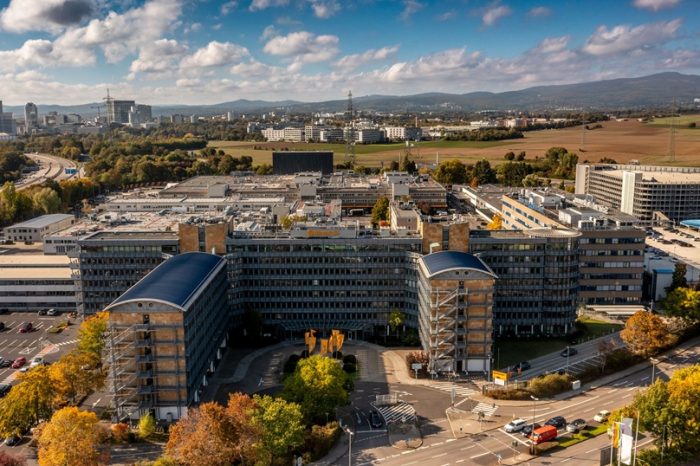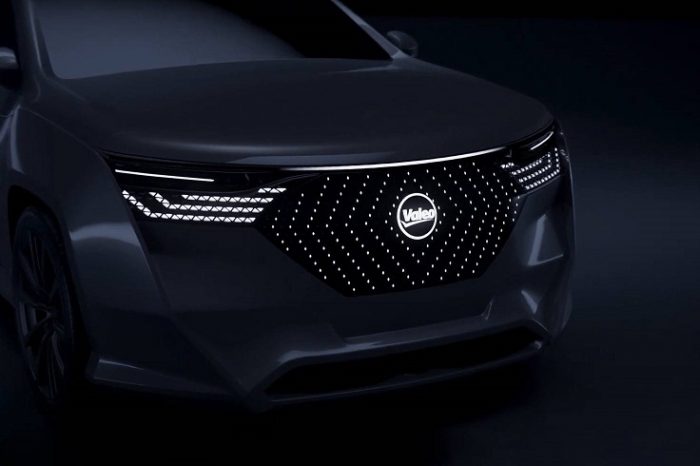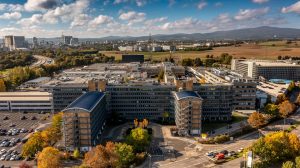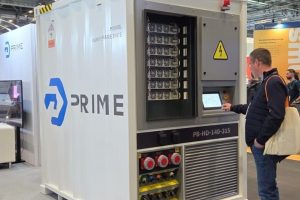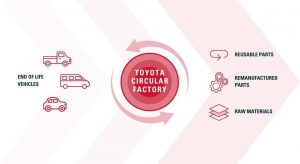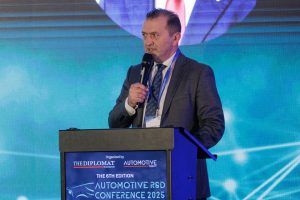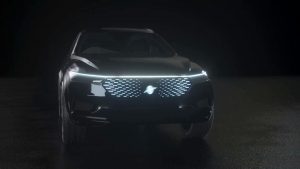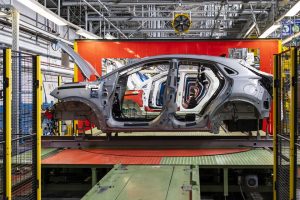LiDAR Won the AV War

Opinion by Avishay Moscovici, Chief R&D Officer, Innoviz
In the ongoing race to propel an autonomous future, the competition has been fierce among suppliers, OEMs, and automakers to create the technical hardware and software tools to advance late stages of autonomy.
Originally camera-centric sensors were thought sufficient to serve as the eyes of these self-driving machines. However, in recent years one technology has emerged as the clear winner: Light Detection and Ranging – LiDAR.
LiDAR’s functional advantages have called the primacy of camera-centric sensor technology into question. It’s not enough for AVs to mirror the natural awareness of human drivers – it needs to exceed it. LiDAR systems, coupled with accompanying software solutions, offer automakers the most viable means to make autonomous driving a reality.
Lights, Camera, Error
Proponents of camera-centric systems argue that, when combined with multiple radars, cameras can sufficiently support vehicle autonomy. However, the drawbacks are clear, especially when environmental light is either not sufficient or exceeds the dynamic range of the camera sensor causing drizzling.
It is important to highlight that camera detection is based on the ability to differentiate between the object and the background and unfortunately this condition is not always met, which can cause the decision computer in the vehicle to prescribe a false positive which can cause major issues. Furthermore, while cameras are adept at capturing visual data, they struggle to gauge depth perception as precisely as LiDAR systems. This lack of depth precision can lead to misjudgments and in turn, accidents, as seen in some early AV incidents where camera-based systems failed to accurately gauge obstacles.
Second, cameras are easily hampered by poor or harsh weather conditions. In the event of a thunderstorm, rain can often obscure a camera lens and disrupt the visual feed. During a heatwave, high temperatures can easily overheat cameras and diminish their performance. If people are to entrust their safety to an AV, the hardware cannot afford to be at the mercy of the elements.
The Case for LiDAR
Unlike cameras, which require light to gauge distances between vehicles, LiDAR emits laser pulses to map vehicular surroundings in real-time. They function with pinpoint accuracy regardless of adverse conditions like darkness, rain or sun drizzling. LiDAR’s ability to instantaneously generate 3D imaging with precise depth perception gives AVs a crucial edge when navigating complex environments – something that cameras and radar sensors simply cannot replicate.
Some automotive manufacturers are already enjoying LiDAR’s distinct advantages. Both Ford and General Motors have utilized these systems to imbue some of their latest models with Level 2 automation capabilities, meaning they can accelerate, decelerate, and even change lanes independently as long as interior infrared sensors can detect drivers’ attention. To achieve later stages of autonomy, major players like BMW and Volkswagen are utilizing Innoviz’s LiDAR to reach Level 3 and 4, with the former already being on the road in Germany with its i7 model and the Personal Pilot function.
Fusing Hardware and Software
LiDAR technology has advanced considerably, addressing early concerns that initially hindered widespread adoption. The first LiDAR systems were bulky, pricey, and exhibited limited range. Modern systems have moved past these growing pains and are now more compact, affordable and at the same time producing higher resolution for longer ranges of detection. These developments have made LiDAR a highly feasible option that many automotive manufacturers now prefer.
But the hardware must include complementary software. If LiDAR hardware represents a vehicle’s sensory receptors, then software solutions are the brain containing intricate neural highways that interpret this sensory data.
Software empowered by sophisticated AI algorithms, like Innoviz’s Perception Software, further enhance dynamic and intelligent operations like real-time dynamic calibration, object detection, tracking, and classification – the latter of which is essential to an AVs’ ability to distinguish between micromobility users like pedestrians, cyclists, and e-scooters, and roadside objects like guardrails, cones, and various types of debris.
These software capabilities are critical for informing and improving safe AV maneuverability and navigational decisions and go through massive validation using both open road, and stage scenes whether they are recorded or simulated.
Winning the AV Race
LiDAR’s superiority is not just the result of its technological advances, but also its practicality and economic viability. The technology’s ability to provide a real-time, 3D map of the environment has proven crucial for safe and effective vehicle autonomy. As a result, OEMs have increasingly embraced LiDAR as the cornerstone of their autonomous driving systems.
In tandem with the adoption of LiDAR have been corresponding regulatory and safety considerations like ISO 26262, an international benchmark for functional vehicle safety, that is helping to govern automotive production. Rightfully so, autonomous vehicles must meet stringent safety standards, and the robust and reliable data provided by LiDAR and its accompanying software solutions helps manufacturers align with these standards. The technology’s ability to perform well in various conditions, including low light and adverse weather ensures that autonomous vehicles equipped with LiDAR are better prepared to handle real-world driving challenges like harsh winter conditions.
In Hot Pursuit
In the pursuit of vehicular autonomy, LiDAR has emerged as the unrivaled champion, outperforming cameras and sensors in crucial areas such as depth perception and environmental adaptability. The technology’s advancements and practical benefits have made it the preferred choice for OEMs striving to make autonomy a reality.
While the early proponents of camera-based systems believed they could achieve autonomy without LiDAR, the industry’s shift towards the technology has proven them wrong. With LiDAR hardware, producing high resolution point cloud and an accompanying software solution, automakers can receive a suite of products that are cheaper, of higher quality, and enable faster scalability as they aim to build safer, more advanced and dynamic AVs.
In the race for autonomy, LiDAR has set the standard for the future of autonomous driving.


